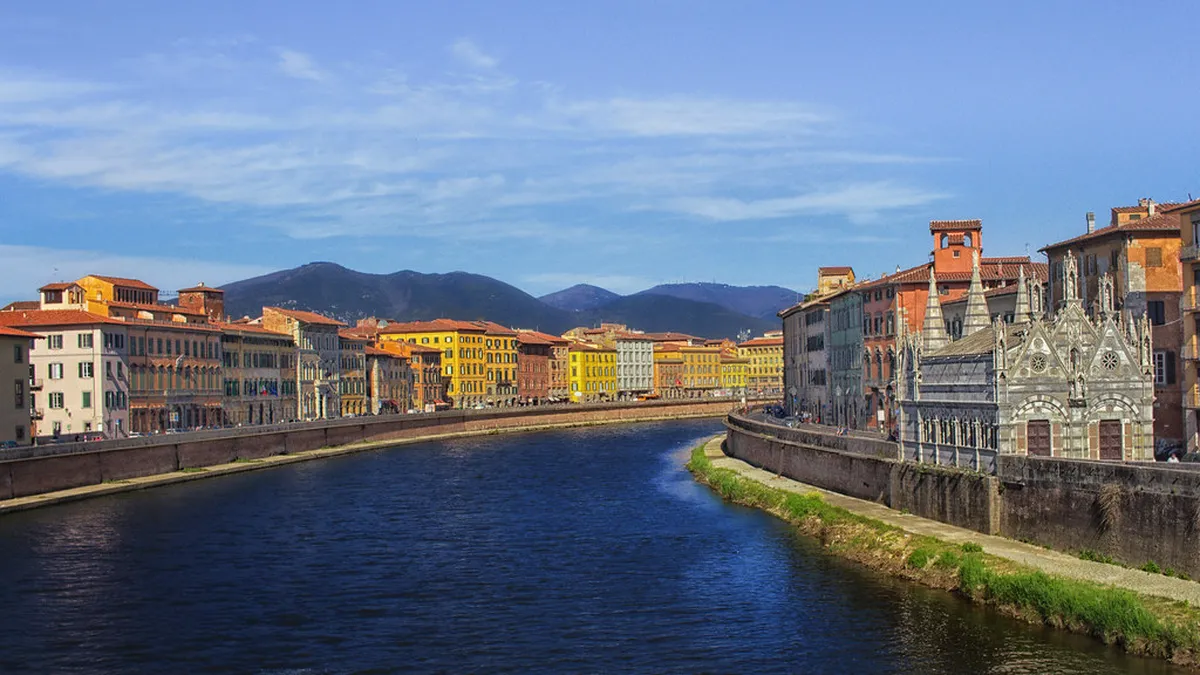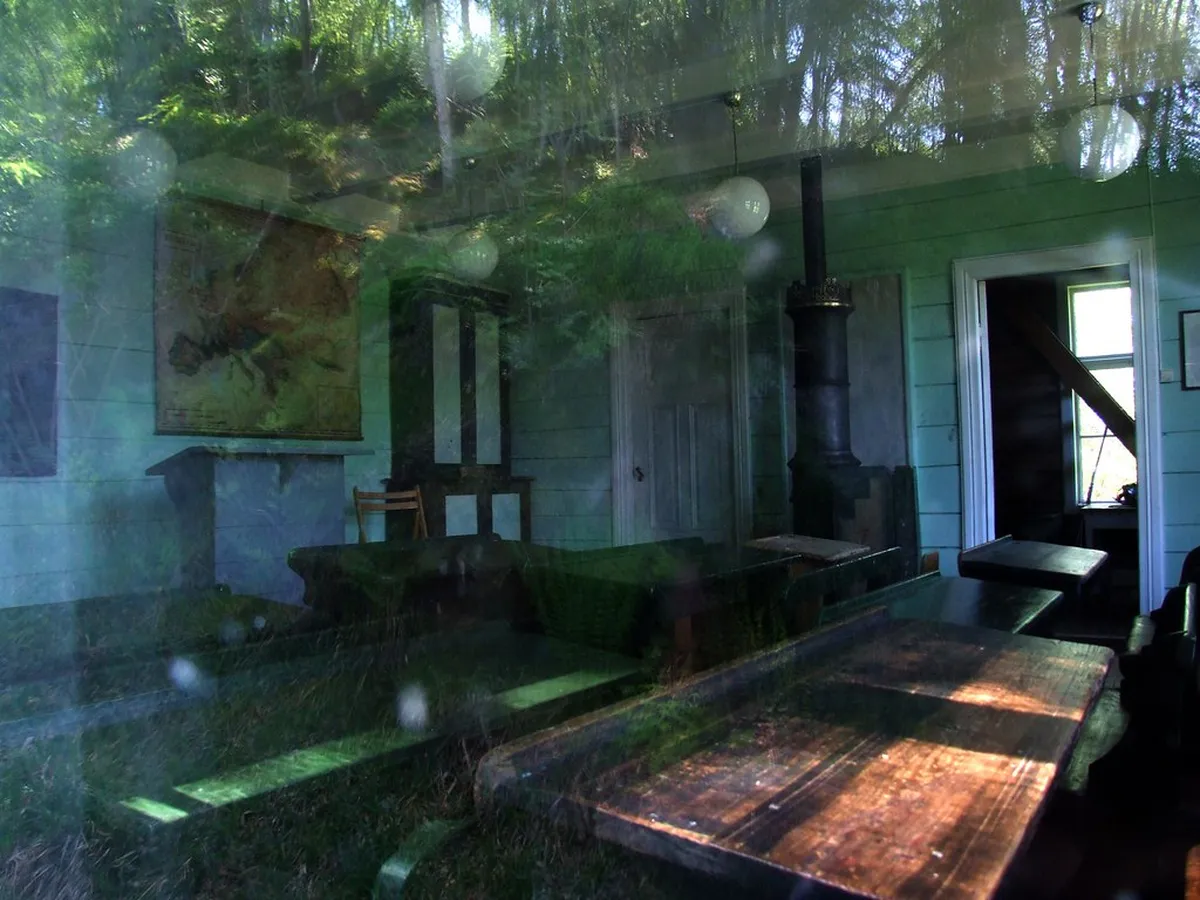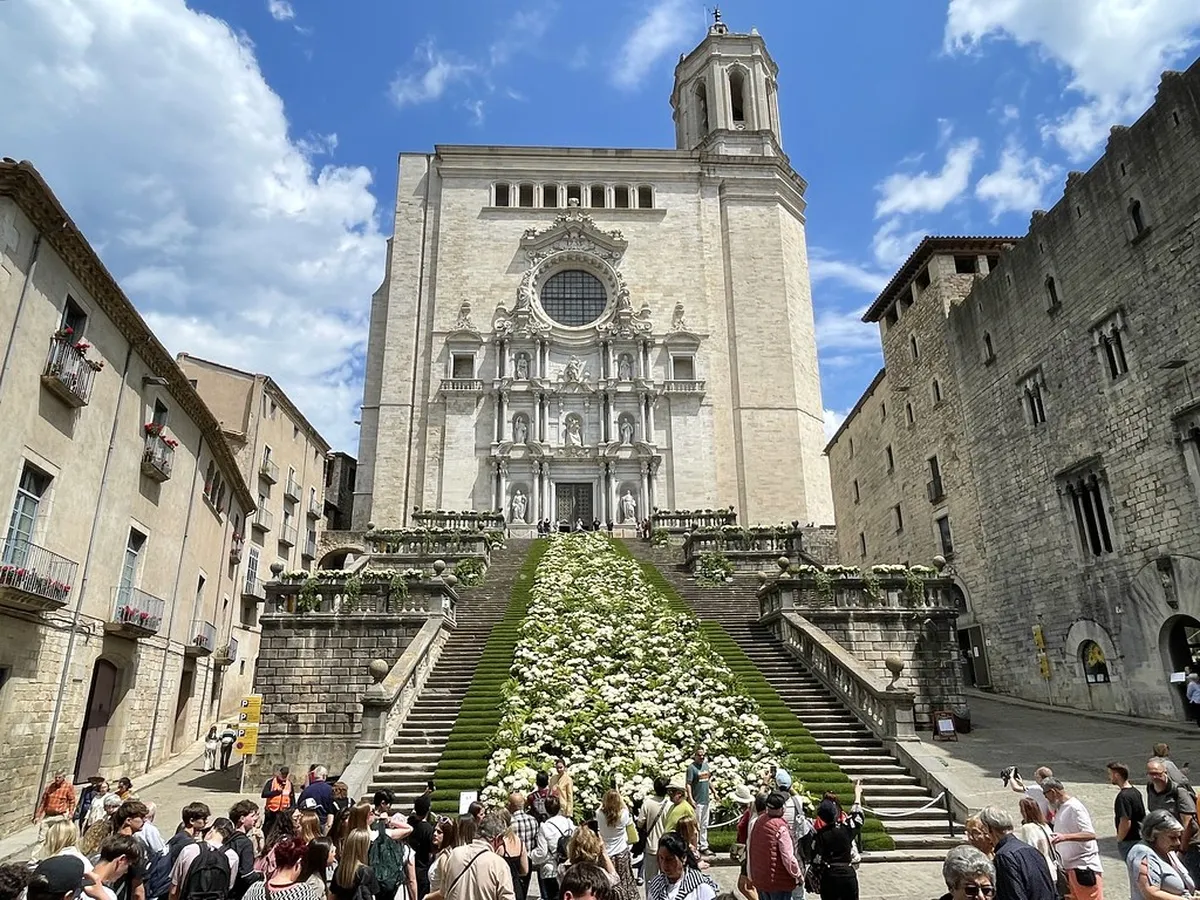Top Must-See Attractions in Jeju: Essential Guide for First-Time Visitors
Jeju Island, South Korea's premier holiday destination, offers an incredible variety of natural and cultural attractions. From dramatic volcanic landscapes to pristine beaches and fascinating cultural sites, the island's diverse offerings can make planning a challenge for first-time visitors. This guide highlights the top must-see attractions in Jeju, providing essential visitor information to help you create the perfect itinerary. For a complete day-by-day plan, check out our 5-day Jeju itinerary. Plan your journey with our Seasonal Highlights.

Hallasan National Park: The Island's Majestic Crown
Plan this trip faster with our free online itinerary maker. Get a personalized day-by-day plan in minutes.
Hallasan National Park is home to South Korea's highest mountain and stands as the defining feature of Jeju's landscape. This dormant volcano rises 1,947 meters above sea level and offers some of the most rewarding hiking experiences in Korea. The park's biodiversity is truly remarkable, with over 1,800 plant species and numerous animal species thriving in its varied ecosystems. For more details on hiking Hallasan and other natural sites, see our guide to exploring Jeju's natural beauty. Enhance your Gyeongju experience with our Gyeongju itinerary.
What Makes It Special
- UNESCO World Natural Heritage site
- Stunning crater lake (Baengnokdam) at the summit
- Diverse flora changes with each elevation and season
- Panoramic views of the entire island on clear days
- Multiple hiking trails for different fitness levels
Visitor Information
| Detail | Information |
|---|---|
| Opening Hours | Year-round, trails open from 7:00 AM (closing times vary seasonally) |
| Admission | Free |
| Best Time to Visit | Spring (April-May) for wildflowers; Autumn (October-November) for fall colors |
| Getting There by Bus | Bus 740 or 750 from Jeju City Terminal to Seongpanak/Gwaneumsa trailheads |
| Getting There by Car | Approximately 30-40 minutes from Jeju City; parking available at each trailhead |
| Hiking Time | 4-9 hours round trip depending on the trail and your pace |
Pro Tip: Start your hike early in the morning to ensure you have enough time to descend before sunset. Hikers are not permitted to start ascent after certain cutoff times that change seasonally. Enhance your Turin experience with our Turin itinerary. Enhance your Rome experience with our Rome itinerary.
Seongsan Ilchulbong (Sunrise Peak): Nature's Masterpiece
Seongsan Ilchulbong, also known as "Sunrise Peak," is one of Jeju's most iconic landmarks and a UNESCO World Natural Heritage site. This tuff cone crater formed by volcanic eruptions over 5,000 years ago creates a dramatic silhouette against the eastern coastline of Jeju. As its name suggests, the peak is famous for its spectacular sunrise views, drawing visitors from around the world to witness this magical daily event. If you're looking to experience this site during different seasons, our guide to seasonal highlights in Jeju can help you plan the perfect visit. Enhance your Vung Tau experience with our Vung Tau itinerary.
What Makes It Special
- Unique crater formation with a bowl-like shape
- Breathtaking panoramic views of the ocean and surrounding landscape
- Spectacular sunrise viewing spot
- Relatively easy 30-minute hike to the summit
- Cultural performances by haenyeo (female divers) at the base
Visitor Information
| Detail | Information |
|---|---|
| Opening Hours | Summer (Mar-Oct): 7:00 AM - 7:00 PM Winter (Nov-Feb): 7:30 AM - 6:00 PM |
| Admission | Adults: 5,000 KRW (~$4.50 USD) Children: 2,500 KRW (~$2.25 USD) |
| Best Time to Visit | Sunrise (arrive 30-60 minutes before sunrise time); Spring for yellow canola flowers |
| Getting There by Bus | Bus 201 from Jeju City; Bus 701 from Seogwipo |
| Getting There by Car | About 60 minutes from Jeju City; ample parking available for 1,000 KRW |
| Haenyeo Performances | Several times daily (weather permitting); check schedule at entrance |

Insider Tip: Combine your visit to Seongsan Ilchulbong with a trip to nearby Udo Island, accessible by a 15-minute ferry ride from Seongsan Port. Enhance your Ho Chi Minh City experience with our Ho Chi Minh City itinerary. Enhance your Chiang Rai experience with our Chiang Rai itinerary.
Manjanggul Cave: Journey to the Center of the Earth
Manjanggul Cave is one of the world's largest and most impressive lava tubes, formed approximately 300,000 years ago when Jeju was still an active volcanic island. As part of the UNESCO World Natural Heritage designation, this cave offers visitors a fascinating glimpse into Jeju's volcanic origins and geological evolution. The well-maintained walking path allows you to explore about one kilometer of this underground wonder. Plan your journey with our Itinerary Maker. Enhance your Tokyo experience with our Tokyo itinerary.
What Makes It Special
- One of the longest lava tubes in the world (total length: 7.4 km)
- Spectacular lava formations including stalagmites and stalactites
- Famous 7.6-meter lava column, the largest in the world
- Consistent natural temperature of 11-16°C (52-61°F) year-round
- Unique cave ecosystem with rare animals like cave crickets
Visitor Information
| Detail | Information |
|---|---|
| Opening Hours | 9:00 AM - 6:00 PM (last entry at 5:10 PM) Closed on first Wednesday of every month |
| Admission | Adults: 4,000 KRW (~$3.50 USD) Youth: 2,000 KRW (~$1.75 USD) Children: 1,000 KRW (~$0.90 USD) |
| Best Time to Visit | Weekday mornings to avoid crowds; Year-round due to consistent cave temperature |
| Getting There by Bus | Bus 710 or 711 from Jeju Intercity Bus Terminal |
| Getting There by Car | About 30 minutes from Jeju City; free parking available |
| Walking Time | Approximately 40-60 minutes round trip |
Pro Tip: The cave floor can be wet and slippery; wear comfortable, non-slip shoes. The cave is also quite cold, so bring a light jacket even in summer. Enhance your Guangzhou experience with our Guangzhou itinerary. Enhance your Tokyo experience with our Tokyo itinerary.
Jeju Folk Village: Step Back in Time
The Jeju Folk Village offers a fascinating glimpse into traditional island life, showcasing how locals lived during the late Joseon Dynasty period. This open-air museum features over 100 traditional houses and 8,000 artifacts, carefully preserving Jeju's unique cultural heritage. As you wander through the village, you'll gain insight into the island's distinct customs, crafts, and daily routines. To dive deeper into Jeju's cultural landscape, visit our comprehensive guide to cultural experiences in Jeju.
What Makes It Special
- Authentic reconstruction of a traditional Jeju village
- Cultural performances and craft demonstrations
- Volcanic stone houses with distinctive thatched roofs
- Display of traditional farming and fishing tools
- Interactive exhibitions on island customs and shamanic traditions
Visitor Information
| Detail | Information |
|---|---|
| Opening Hours | Summer (Mar-Oct): 8:30 AM - 6:00 PM Winter (Nov-Feb): 9:00 AM - 5:00 PM |
| Admission | Adults: 12,000 KRW (~$10.50 USD) Youth/Children: 8,000 KRW (~$7 USD) |
| Best Time to Visit | Morning to early afternoon to catch all performances |
| Getting There by Bus | Bus 100 from Jeju Intercity Bus Terminal to Pyoseon, then Bus 710 to the village |
| Getting There by Car | Approximately 40 minutes from Jeju City; parking available |
| Performance Schedule | Multiple times daily; check at entrance for current schedule |
Cheonjeyeon Waterfall: The Pond of God
Known as the "Pond of God," Cheonjeyeon Waterfall consists of three distinct falls nestled within a lush subtropical forest. According to local legend, nymphs would descend from the heavens to bathe in these sacred waters. The area's stunning natural beauty is enhanced by the elegant Seonimgyo Bridge, with its seven nymphs carved into the guardrails, spanning the waterfall.
What Makes It Special
- Three-tiered waterfall with emerald-colored pools
- Rich mythology and cultural significance
- Spectacular nighttime illumination
- Lush subtropical forest surroundings
- Architectural beauty of Seonimgyo Bridge
Visitor Information
| Detail | Information |
|---|---|
| Opening Hours | Summer: 8:00 AM - 6:00 PM Winter: 8:30 AM - 5:30 PM |
| Admission | Adults: 2,500 KRW (~$2.20 USD) Children: 1,250 KRW (~$1.10 USD) |
| Best Time to Visit | Rainy season (June-July) for stronger water flow; Evening for illumination |
| Getting There by Bus | Bus 600 from Jeju City to Jungmun Tourist Complex |
| Getting There by Car | About 60 minutes from Jeju City; parking available for a small fee |
| Nearby Attractions | Cheonjeyeon Falls is part of the Jungmun Tourist Complex with many other attractions within walking distance |
Practical Tips for Visiting Jeju Attractions
Suggested Itineraries
Depending on your time constraints, here are some suggested itineraries to maximize your experience:
- 1-2 Day Visit: Focus on Seongsan Ilchulbong, Jeju Folk Village, and one beach
- 3-5 Day Visit: Add Hallasan (full day), Manjanggul Cave, Hamdeok Beach, and Cheonjeyeon Waterfall. For a detailed 5-day plan, see our complete Jeju itinerary
- Week-long Visit: Include all main attractions plus some hidden gems and day trips to Udo Island
Transportation Between Attractions
Most visitors find renting a car the most convenient way to explore Jeju's attractions. However, public buses connect most major sites, though with less frequency to some locations. For a comprehensive overview of getting around, check out our transportation guide for Jeju.
Frequently Asked Questions
How many days do I need to see all the major attractions in Jeju?
Which attraction should I prioritize if I have limited time?
Are Jeju's attractions suitable for children?
Do I need a guide to visit these attractions?
Which attractions are accessible for visitors with mobility challenges?
Is it better to visit attractions independently or book a tour?
Where should I stay in Jeju to access these attractions easily?
Where can I find good food near these attractions?
Jeju Island's extraordinary attractions offer visitors a perfect blend of natural wonders, cultural experiences, and outdoor adventures. From the majestic heights of Hallasan National Park to the mystical depths of Manjanggul Cave, each site showcases a different facet of this remarkable volcanic island. By planning your visits thoughtfully and considering the practical information provided in this guide, you'll be well-prepared to experience the very best of what Jeju has to offer. Whether you're capturing the perfect sunrise at Seongsan Ilchulbong or immersing yourself in traditional island life at the Folk Village, these iconic destinations promise unforgettable memories of your Jeju journey.
Essential tips for your this destination journey



